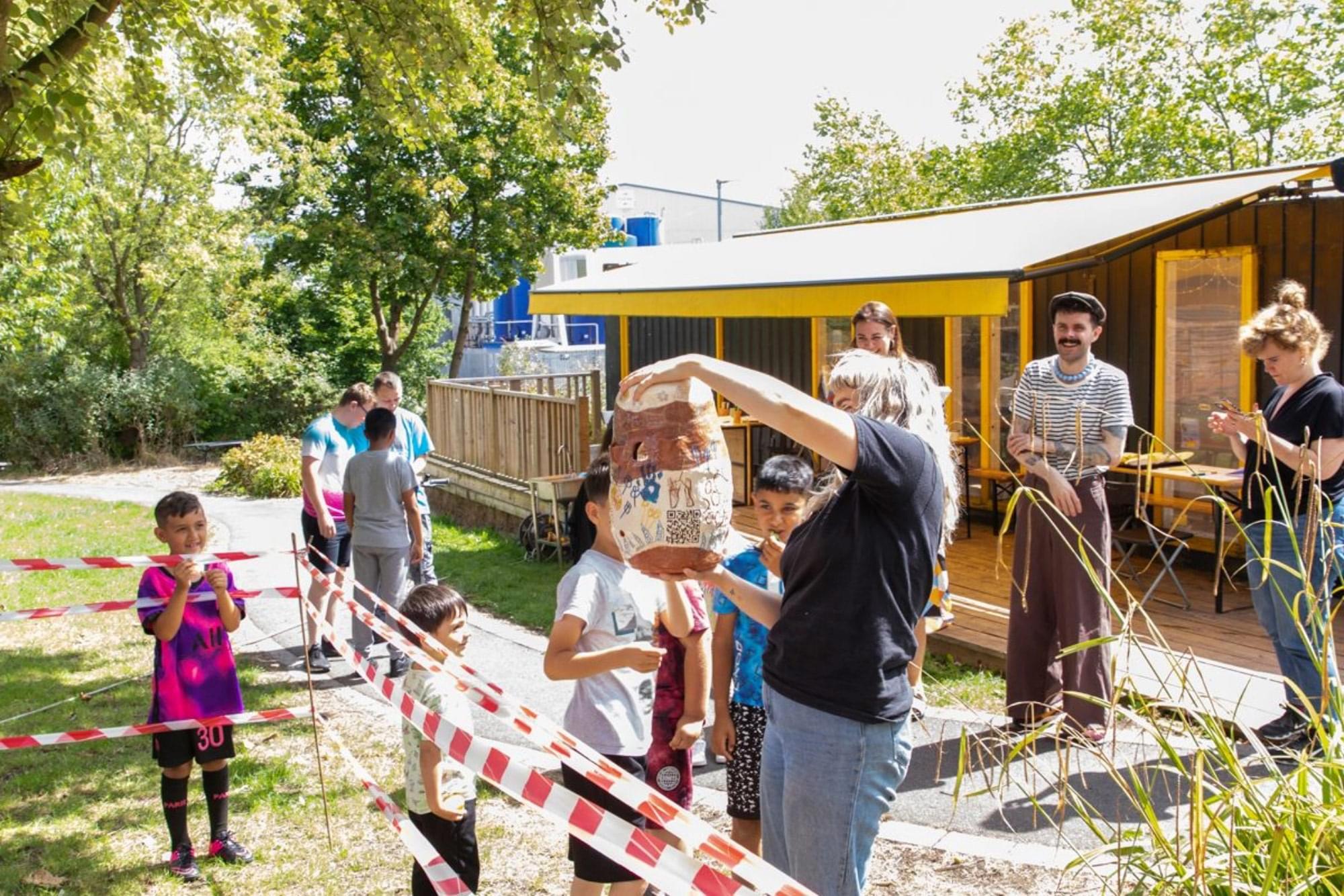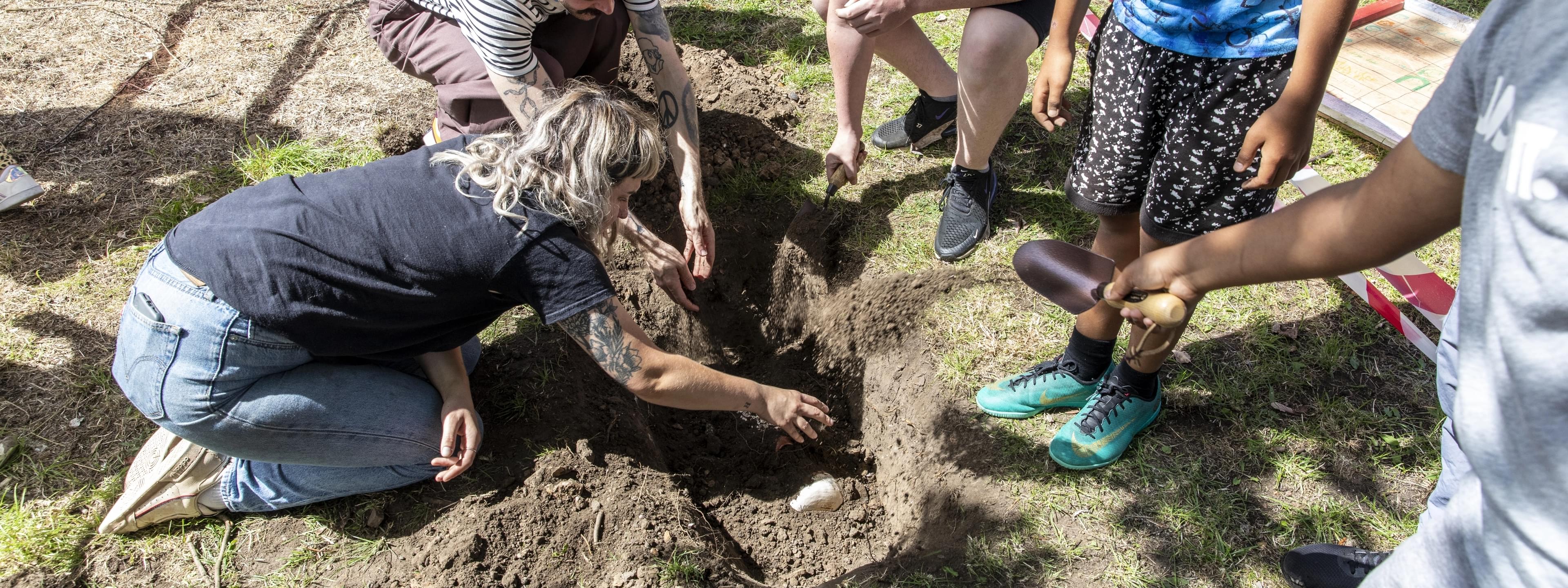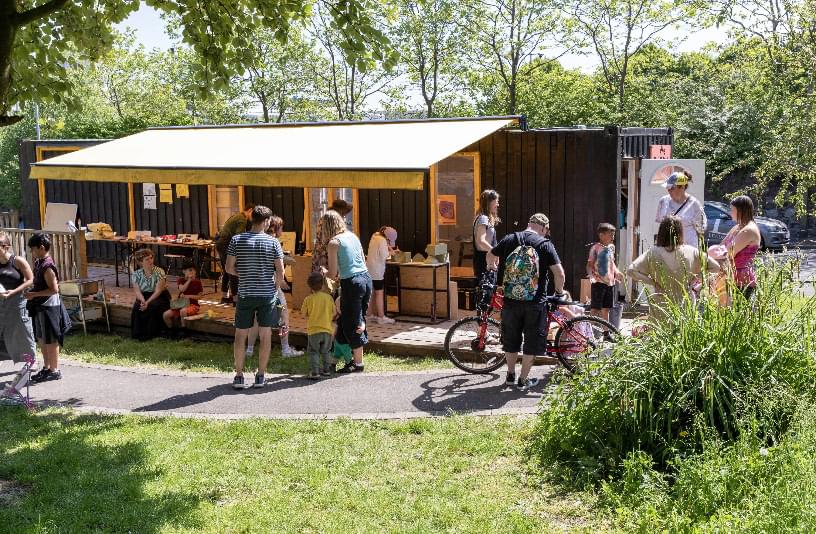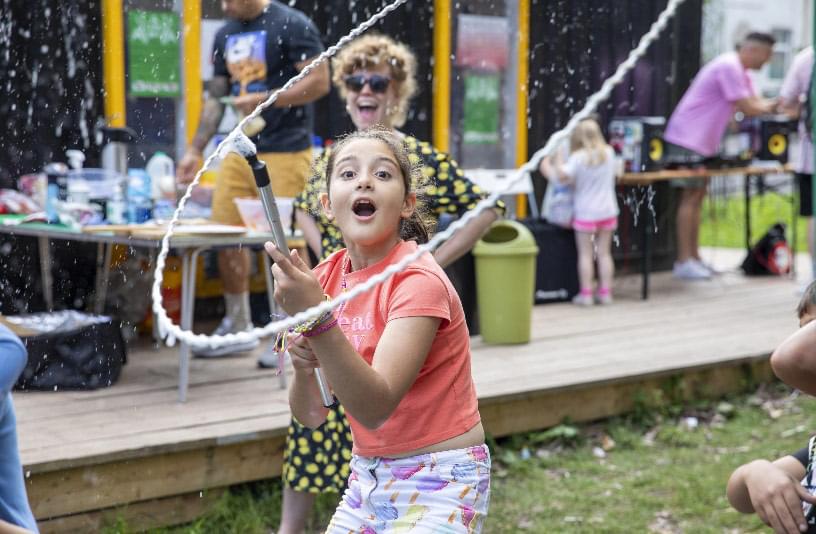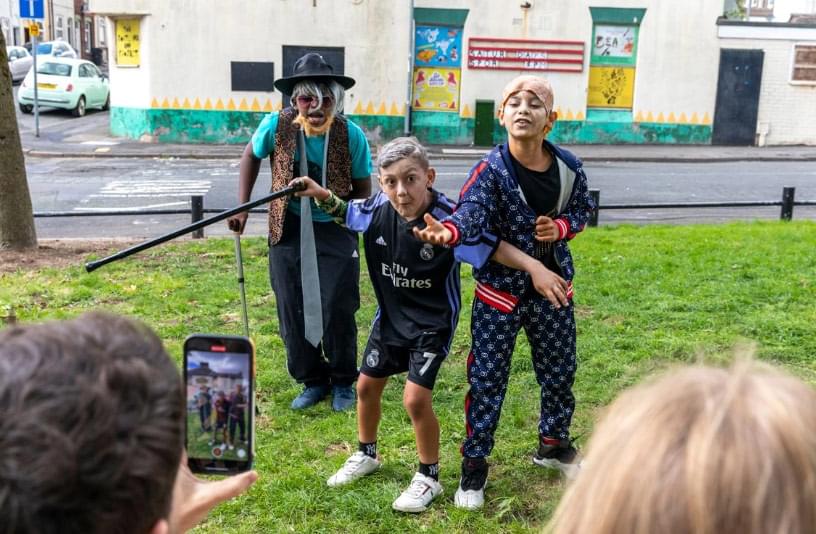Roots
Recognising existing histories, knowledge, customs and patterns, whilst nurturing space for future growth and collaboration across generations and cultures.
The context is key: What is already here? What are our treasures and what is important?
Discussion Conversation Starters
What is in your landscape?
What are your treasures and what’s already here?
Draw out your landscape. You’re not starting with a blank canvas — there are existing features and elements in your landscapes; acknowledging existing assets, customs and knowledge is a good place to begin with your community to start to think about the 100 Year Plan.
Activity Plan
Suggested Timeframe: Set aside an hour and a half
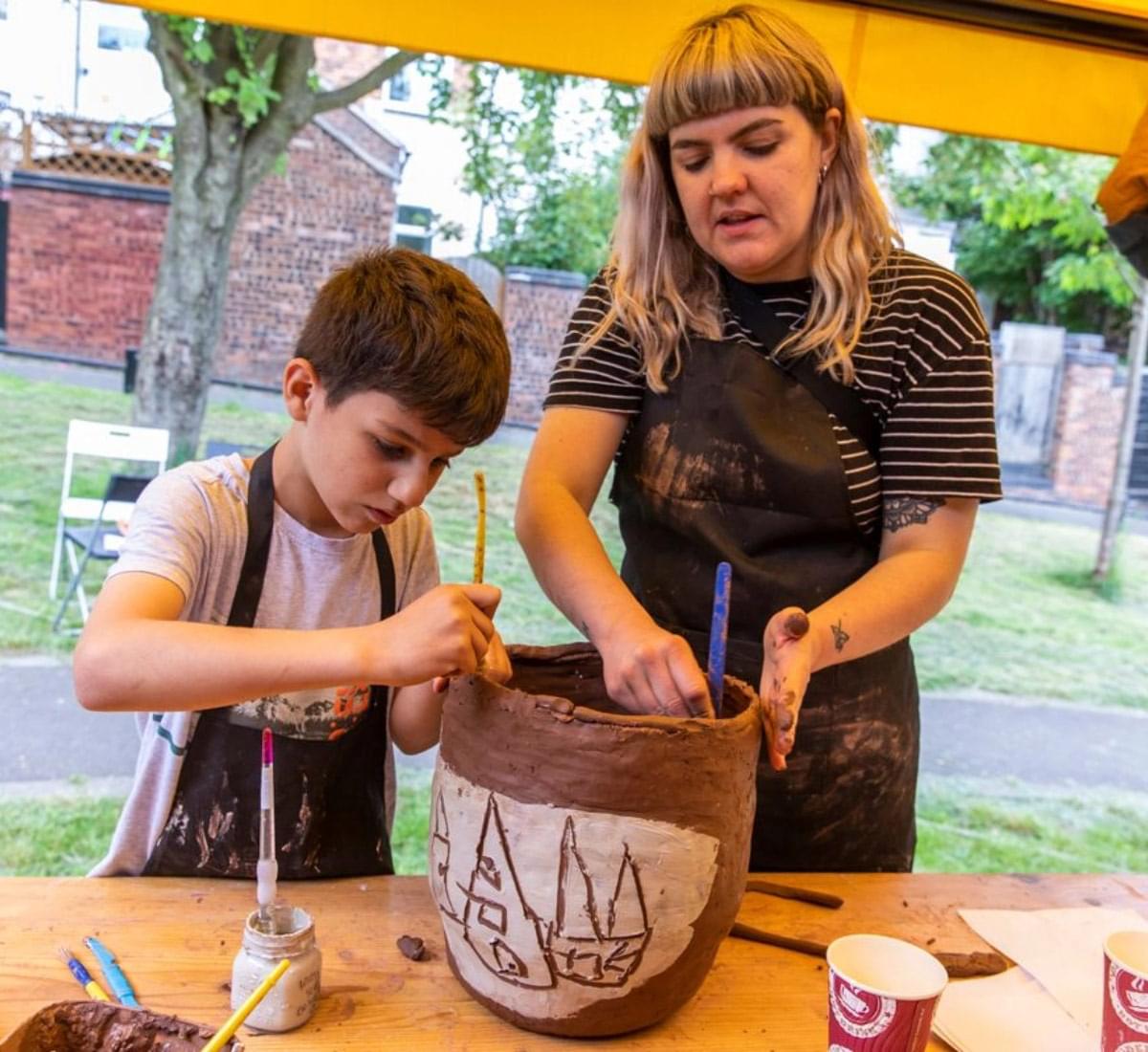
Resources:
Creative making materials, either paper and pens/crayons/pencils or clay and a selection of clay tools.
Beginning and Ending your session:
Give a brief introduction about the session, and what will be covered. Ask everyone to very briefly introduce themselves and their connection to the neighbourhood/area/project. At the end of the session, ask everyone to give feedback on one thing they enjoyed and one thing to improve for next time (you can ask people to write this on a post it, or use another method to record their answers.)
Drawing or Sculpting:
Consider the elements that are existing in your landscape already; What are the treasures, issues or areas for development? What do they look like? Where are they on the plan? (this can be a physical and geographical mapping exercise, or a more philosophical approach).
Mapping:
Work with your group to now locate these treasures and problems; What works and what needs work?
Tracking:
Create a timeline; How has the landscape changed over the past 100 years? Who is in the room and what knowledge do they bring from their experience – living, working or socialising in this landscape. What historical information can we add to the timeline?
Recording:
If you have one person leading the creative activity, it is also important to have one person keeping a record of the discussion and what is covered, making notes and recording the outcome of the session visually and in note form, ensure all participants are aware that this is happening, and why.
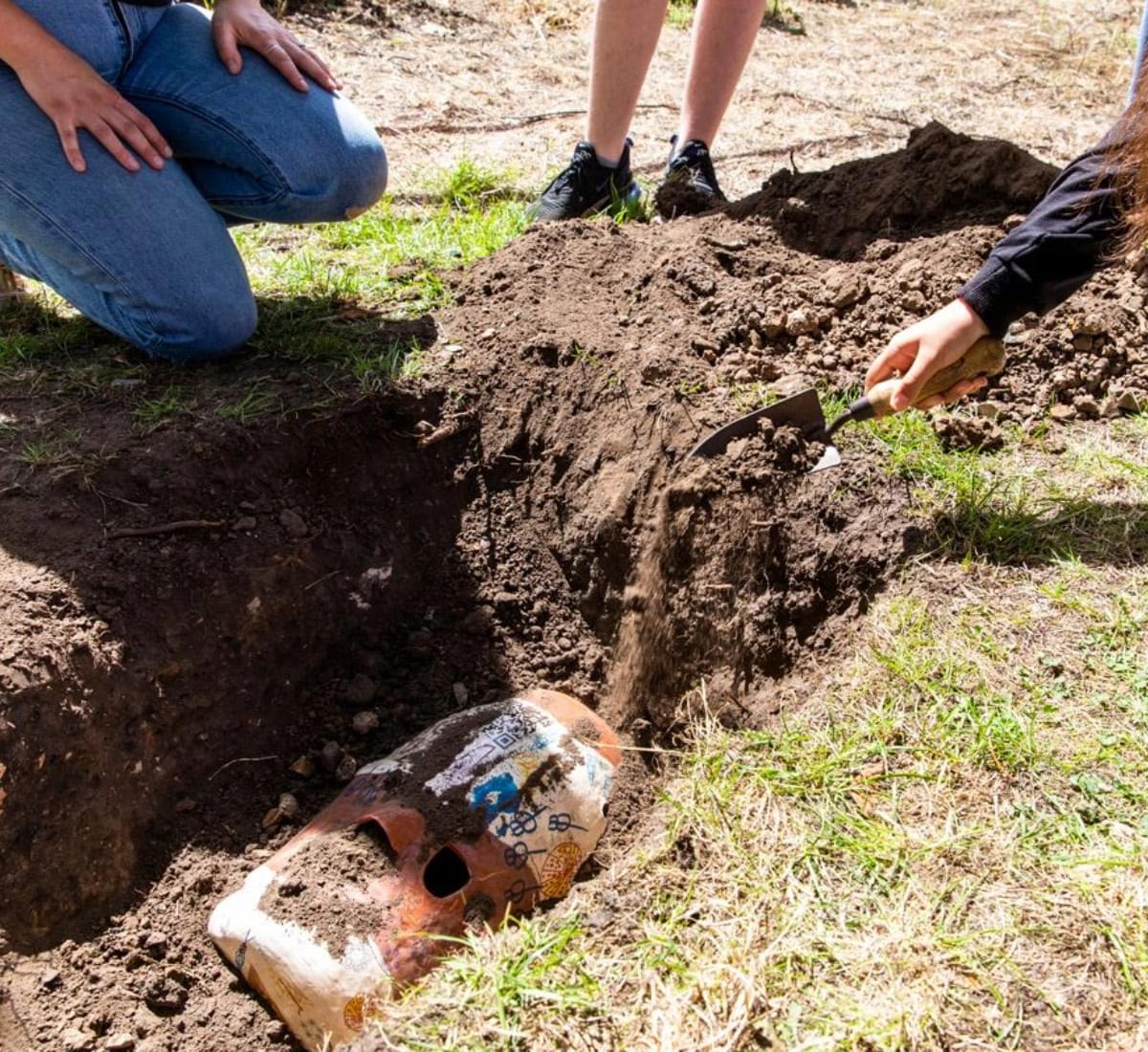
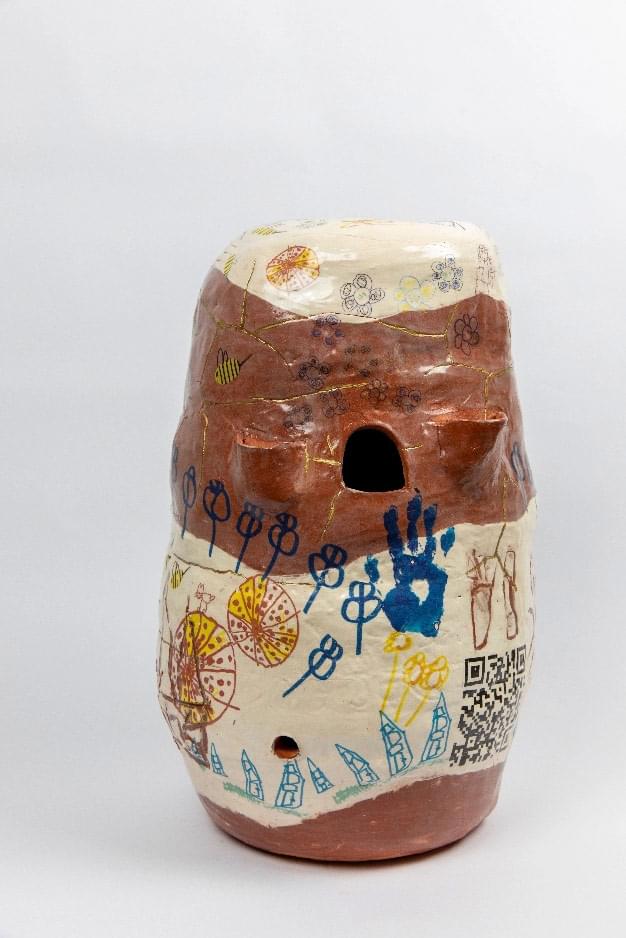
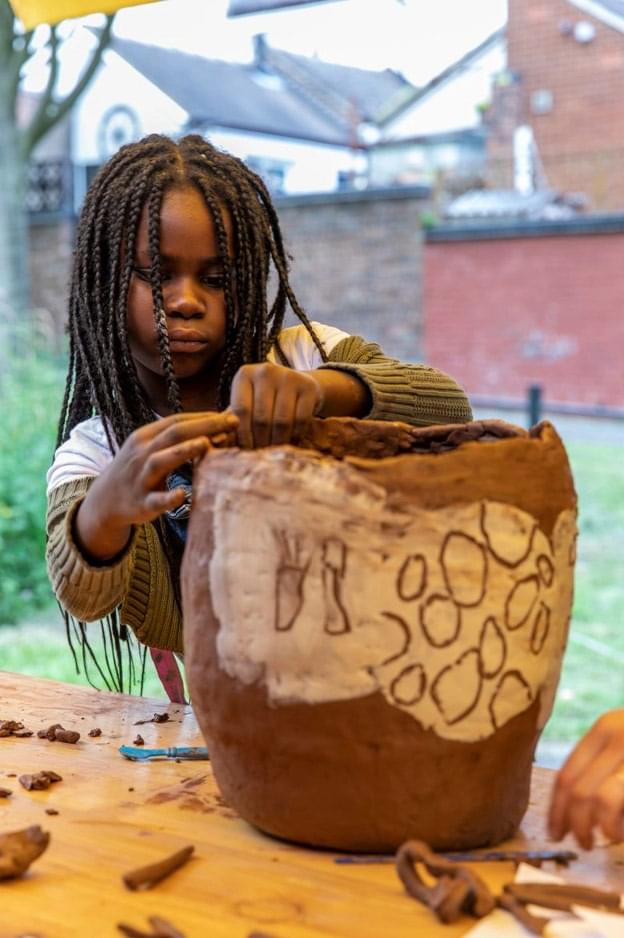
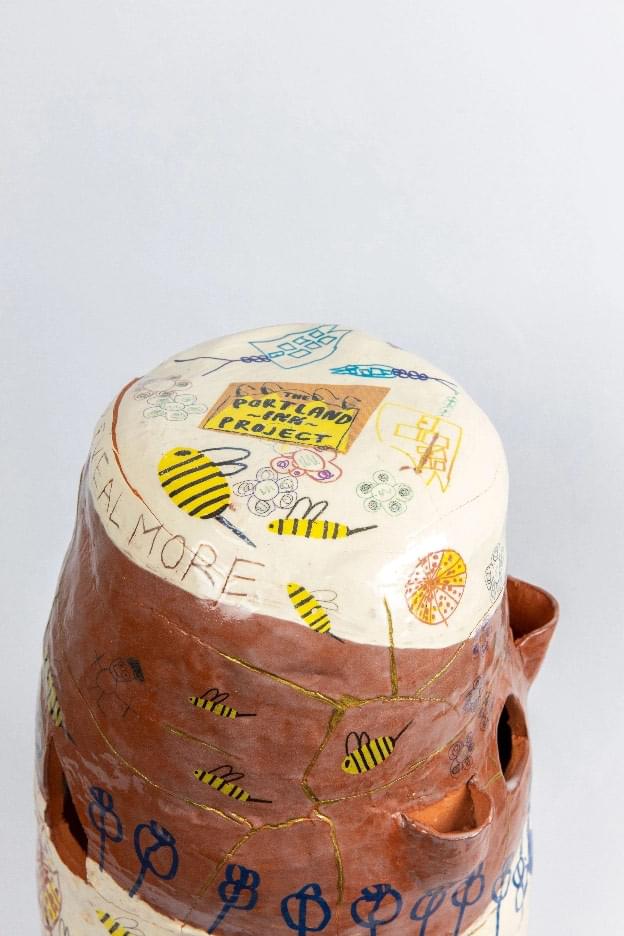
PIP example
We made a Time Capsule in order to understand where we are and where we want to be.
We made a clay landscape together, in order to know what is here now, to act as our baseline for future development. Click here for a piece of text we read out when we started to plot our 100 year landscape.
